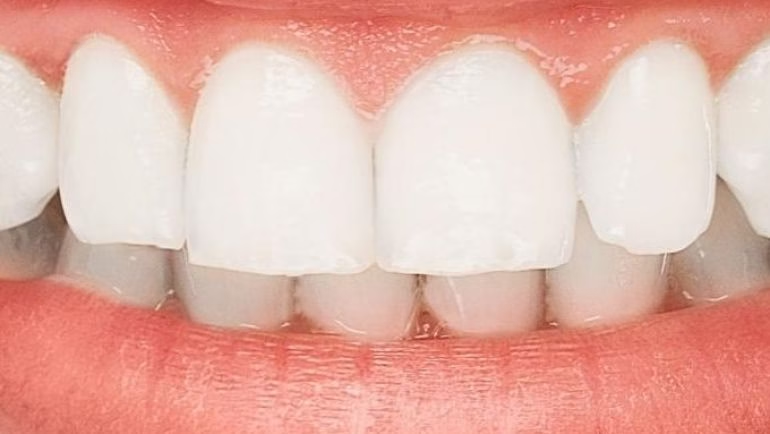Everyone loves a bright, white smile—but is it possible to overdo teeth whitening? The pursuit of a dazzling smile has led many to excessive bleaching, sometimes causing irreversible damage.
In this article, we’ll explore whether you can whiten your teeth too much, the risks involved, and how to achieve a radiant smile safely.
How Teeth Whitening Works
Teeth whitening products use hydrogen peroxide or carbamide peroxide to break down stains on the enamel.
These ingredients penetrate the tooth surface to remove deep discoloration, revealing a brighter shade.
Whitening methods include:
- Professional Whitening: Performed by a dentist using high-concentration bleaching agents.
- At-Home Whitening Kits: Whitening strips, gels, and LED systems.
- Whitening Toothpaste & Mouthwash: Contain mild abrasives or low levels of peroxide.
Can You Whiten Your Teeth Too Much?
Yes! Over-whitening can weaken enamel, cause sensitivity, and even make teeth look unnatural.
Teeth have a natural shade, and excessive whitening can make them appear overly translucent or bluish.
Signs You’re Over-Whitening Your Teeth
🔸 Increased Sensitivity – A sharp, painful sensation when eating or drinking hot/cold foods.
🔸 Gum Irritation – Whitening agents can burn or inflame gum tissue.
🔸 Translucent or Bluish Teeth – Over-bleaching can thin enamel, exposing the dentin underneath.
🔸 Uneven Whitening – Excessive whitening may cause patches of discoloration.
🔸 Weakened Enamel – Enamel erosion increases the risk of cavities and decay.
The Risks of Excessive Teeth Whitening
1. Enamel Damage
Your enamel does not regenerate. Overuse of whitening treatments can weaken this protective layer, making teeth prone to cavities and decay.
2. Extreme Sensitivity
Excessive bleaching can expose nerve endings, leading to pain when consuming hot, cold, or acidic foods.
3. Gum Recession & Irritation
Whitening products, especially strong bleaches, can irritate gums and cause receding gum lines, exposing sensitive tooth roots.
4. Overly Artificial Appearance
Teeth naturally have slight color variations. Over-whitening can create an unnatural, overly bright look that doesn’t match your skin tone or facial features.
How Often Should You Whiten Your Teeth?
✔ Professional Whitening: Every 6–12 months, depending on your dentist’s recommendation.
✔ At-Home Kits: No more than once every 3–6 months for strips or trays.
✔ Whitening Toothpaste: Safe for daily use but should not be your only whitening method.
Safe Teeth Whitening Tips
🔹 Follow Manufacturer Instructions – Overuse of at-home kits increases risks.
🔹 Use Sensitivity Toothpaste – Helps protect enamel while whitening.
🔹 Avoid Acidic Foods & Drinks – Acidic foods weaken enamel, making teeth more vulnerable.
🔹 Drink Through a Straw – Reduces staining from coffee, tea, and soda.
🔹 Consult a Dentist – Before using strong bleaching agents, especially if you have dental restorations.
Conclusion: Whitening in Moderation
Yes, you can whiten your teeth too much! Over-bleaching leads to enamel damage, sensitivity, and an unnatural look.
The key to a perfect smile is safe, controlled whitening under professional guidance.
Frequently Asked Questions (FAQ)
1. How white can my teeth get?
Natural teeth have a limit to how white they can appear. Over-whitening can cause translucency and a fake, chalky look.
2. Can whitening damage my enamel permanently?
Yes, excessive whitening can erode enamel, leading to permanent damage and sensitivity.
3. Are natural teeth whiteners safer than chemical treatments?
Natural methods like baking soda and activated charcoal may be abrasive and cause enamel wear over time. Dentist-approved whitening products are generally safer.
4. What is the safest way to whiten teeth?
Professional whitening or ADA-approved at-home kits with proper usage guidelines are the safest options.
5. Can I whiten my teeth if I have fillings or veneers?
Whitening treatments do not work on crowns, veneers, or fillings—they only whiten natural teeth.
















